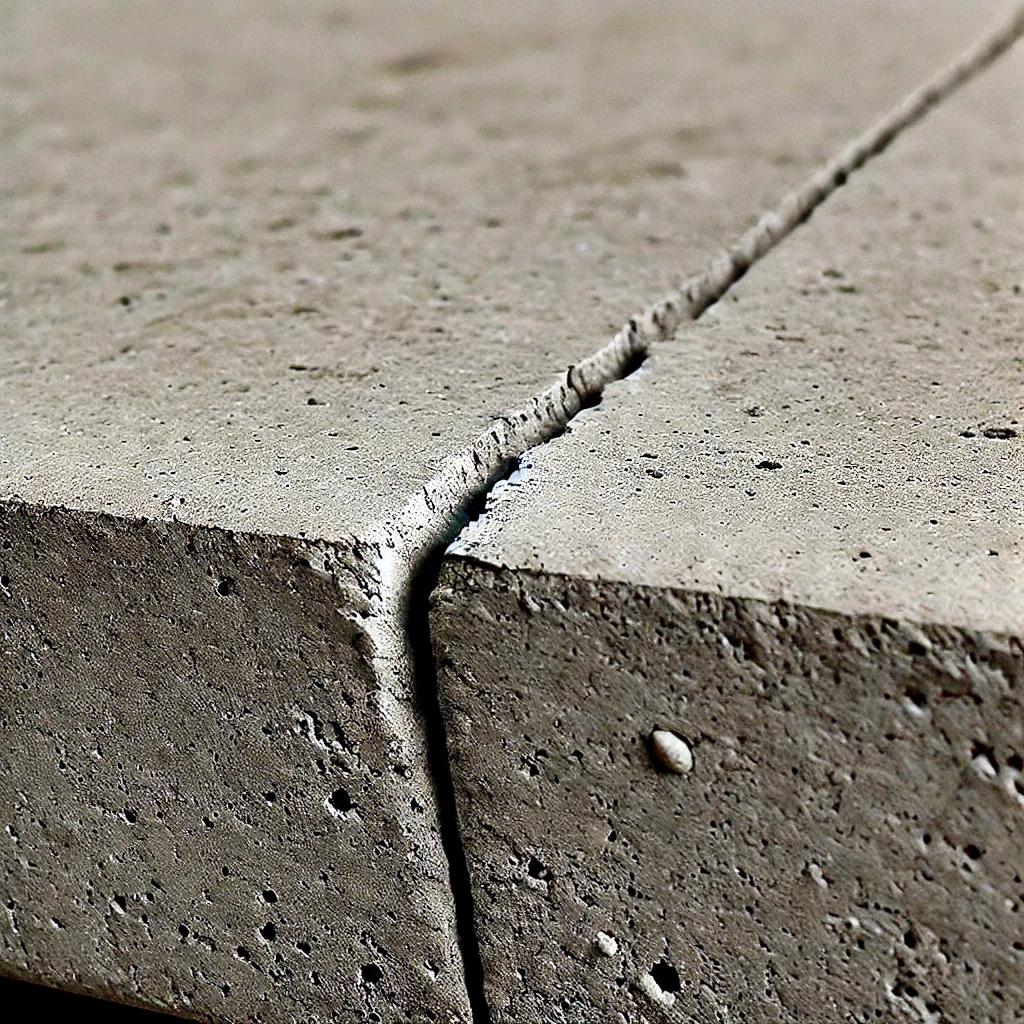Cracks in concrete are a common issue influenced by various factors. According to Layang (2022), cracks are unavoidable but can be controlled in size. They are categorized into non-structural and structural types, caused by factors ranging from material properties to external loads. Abou-Zeid et al. (2007) explain that cracks can signify both minor and major structural issues, emphasizing the importance of addressing the underlying causes to ensure durable repairs. Uno (2011) highlights that cracks in freshly placed concrete have been a persistent problem since ancient times, with steel reinforcement only mitigating but not eliminating the issue. Reinhardt and Walraven (1982) focus on cracks due to shear stress, finding that concrete quality and reinforcement ratio significantly influence crack behavior. Lastly, Cockerell (2005) introduces a method to deliberately form cracks using specific tools to control the location and nature of cracks in concrete slabs. See our Policy regarding Cracks.
A hairline fracture in a concrete slab is a very thin crack that typically does not affect the structural integrity of the slab. These fractures can occur due to several reasons, including shrinkage during the curing process, thermal expansion and contraction, or minor settling of the foundation. While often considered minor, it is essential to monitor these cracks to ensure they do not expand or indicate more significant underlying issues.
| Serial Number | Paper Title | Insight | Citation Count |
|---|---|---|---|
| 1 | Cracks in reinforced concrete beam (Samuel Layang, 2022) | Discusses the types and causes of cracks in concrete beams and their impact on structural integrity. | – |
| 2 | Causes, Evaluation, and Repair of Cracks in Concrete Structures (Abou-Zeid et al., 2007) | Highlights the various causes of cracks and the importance of addressing them for long-term repair. | 68 |
| 3 | Cracks in freshly placed concrete (Paul Uno, 2011) | Explores the historical persistence of cracks in concrete and the limited role of steel reinforcement. | 2 |
| 4 | Cracks in Concrete Subject to Shear (Reinhardt & Walraven, 1982) | Examines shear-induced cracks and the factors affecting their behavior, including concrete quality and reinforcement. | 47 |
| 5 | Method and apparatus for forming cracks in concrete (Allan David Cockerell, 2005) | Describes a method for controlled crack formation in concrete slabs using specific tools. | 9 |
